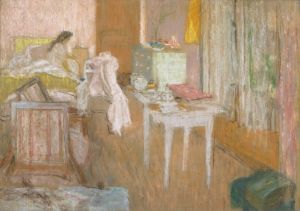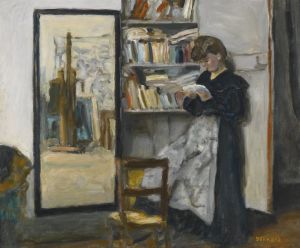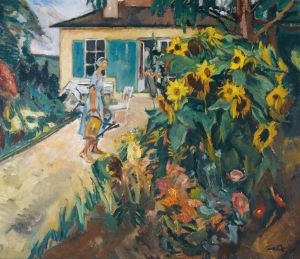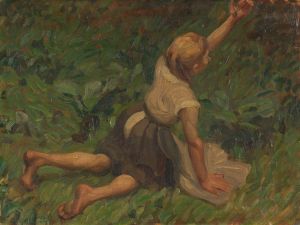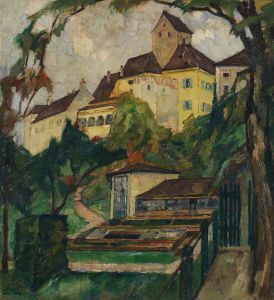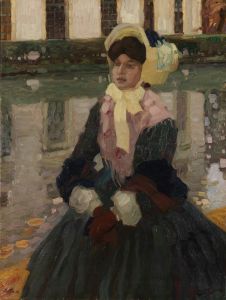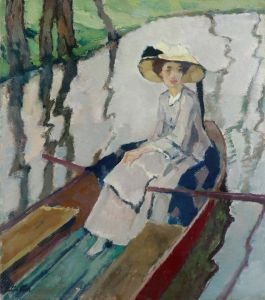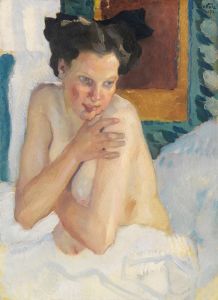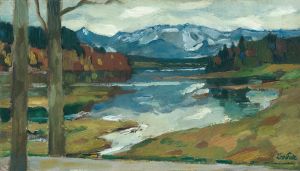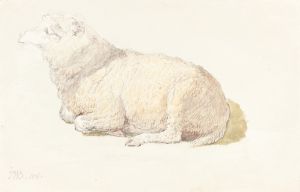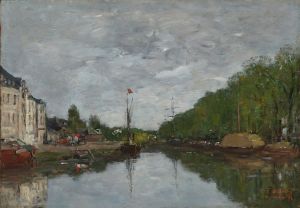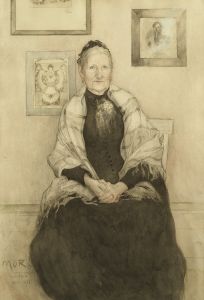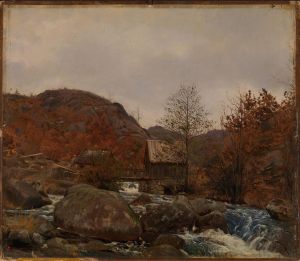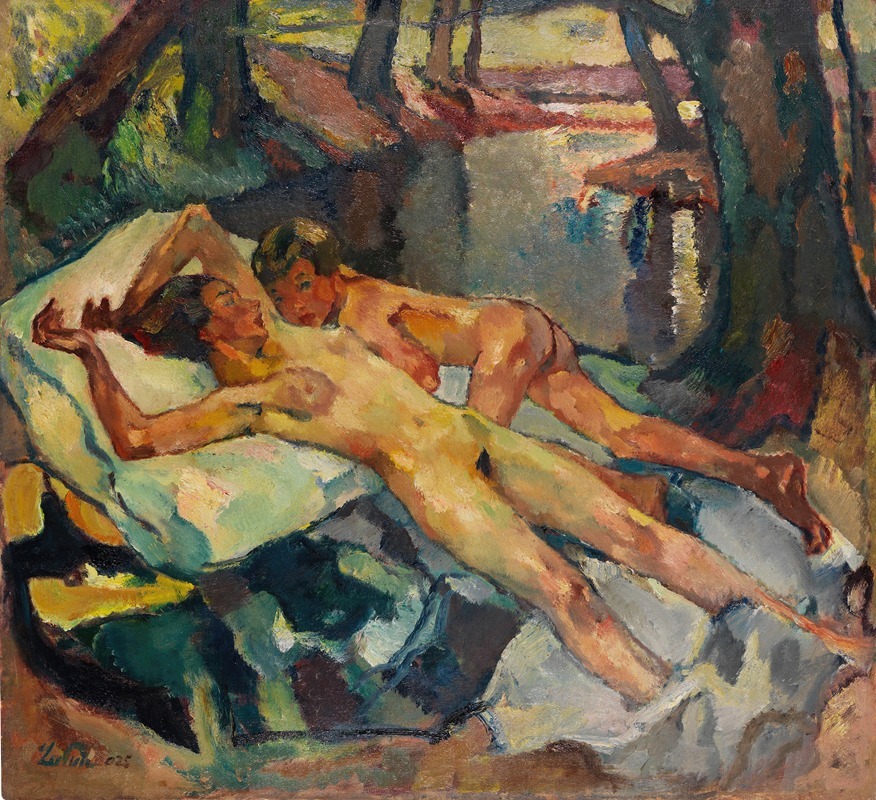
Ein Sommertag
A hand-painted replica of Leo Putz’s masterpiece Ein Sommertag, meticulously crafted by professional artists to capture the true essence of the original. Each piece is created with museum-quality canvas and rare mineral pigments, carefully painted by experienced artists with delicate brushstrokes and rich, layered colors to perfectly recreate the texture of the original artwork. Unlike machine-printed reproductions, this hand-painted version brings the painting to life, infused with the artist’s emotions and skill in every stroke. Whether for personal collection or home decoration, it instantly elevates the artistic atmosphere of any space.
Leo Putz was a prominent German painter associated with the Munich Secession movement, known for his contributions to Impressionism and Art Nouveau. One of his notable works is "Ein Sommertag" (A Summer Day), which exemplifies his skill in capturing the essence of light and atmosphere, a hallmark of his artistic style.
"Ein Sommertag" was created during a period when Putz was deeply engaged with plein air painting, a technique that involves painting outdoors to capture the natural light and environment. This approach was popular among Impressionists, who sought to depict the changing qualities of light and color in their work. Putz's ability to render these elements is evident in "Ein Sommertag," where he skillfully portrays a serene and idyllic summer scene.
The painting features a group of figures, often women, leisurely enjoying a summer day, possibly by a lake or in a garden. Putz's use of soft, diffused light creates a warm and inviting atmosphere, drawing the viewer into the tranquil setting. His brushwork is loose and fluid, allowing the colors to blend seamlessly and convey the vibrancy of the summer landscape. The composition is balanced and harmonious, with the figures integrated naturally into the surrounding environment.
Putz's choice of subject matter reflects the influence of the Art Nouveau movement, which often celebrated nature and the beauty of the human form. His depiction of leisurely outdoor scenes also aligns with the broader cultural trends of the early 20th century, when there was a growing appreciation for leisure and the outdoors as a respite from the rapidly industrializing world.
"Ein Sommertag" is a testament to Putz's mastery of color and light, as well as his ability to capture the fleeting moments of everyday life. The painting not only showcases his technical skills but also his sensitivity to the mood and atmosphere of the scene. Putz's work during this period often focused on themes of leisure and nature, reflecting a sense of peace and contentment that resonated with audiences of his time.
Leo Putz was born in 1869 in Merano, which was then part of the Austro-Hungarian Empire. He studied at the Academy of Fine Arts in Munich, where he became associated with the Munich Secession, a group of artists who broke away from traditional academic art to explore new styles and techniques. Putz's work gained recognition for its innovative approach and his ability to blend elements of Impressionism with the decorative qualities of Art Nouveau.
Throughout his career, Putz continued to explore various themes and styles, but his plein air paintings, such as "Ein Sommertag," remain among his most celebrated works. These paintings capture the beauty and tranquility of nature, inviting viewers to pause and appreciate the simple pleasures of life.
In summary, "Ein Sommertag" by Leo Putz is a quintessential example of his artistic vision and technical prowess. The painting's depiction of a serene summer day, with its masterful use of light and color, continues to captivate audiences and stands as a testament to Putz's enduring legacy in the world of art.





